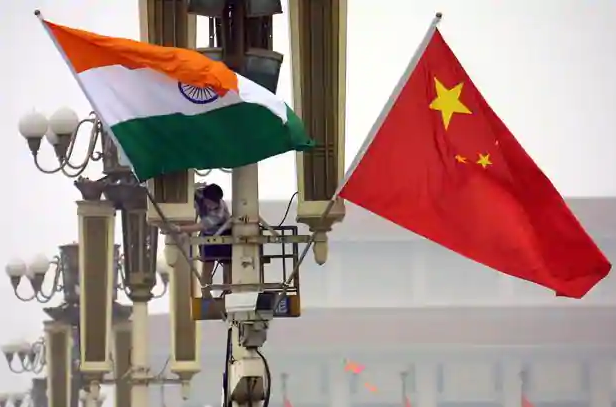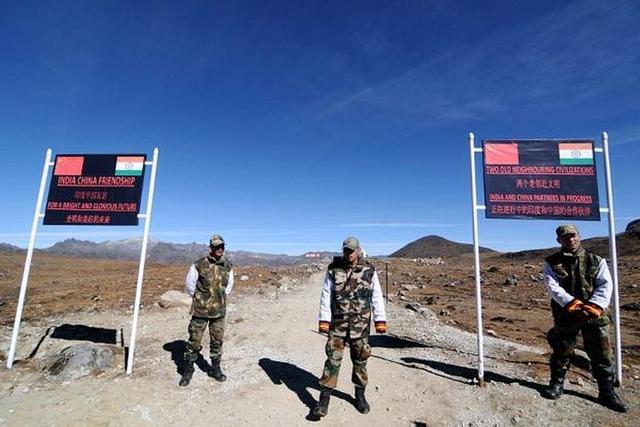By writer Imdad Hussain
Editor's note: Imdad Hussain currently works as Senior Producer and reporter at state-run Television based in Islamabad, having experience of more than 20 years in research and media in different organizations including the Ministry of Information, Pakistan Broadcasting Corporation, and Pakistan Television.
The recent conflict between China and India is neither the result of any abrupt strategy or outrage nor the two countries have some petty differences rather the differences between the two countries date back to the days of colonialism.
China with a strong background has claim over Arunachal Pradesh, in fact, South Tibet, and the most interesting thing about it is that China has never shown any laxity in this regardas it always strongly guarded this claim.
This must be kept in mind that Tibet including South Tibet, now in India’s control, has remained part of China for long. Tibet remained part of China until the end of Qing dynasty in 1913 when the Britain ruled over most parts of the world and under a well-planned strategy it launched efforts to capture this area.

China taking clue of the Britain’s overturesstarted preparing for the defense ---culminating in Calcutta agreement in 1890 when the English rulers realized that success was not in sightwhile things are getting out of control, acknowledging China’s rule over Tibet, shunning its activities and accepting Tibet as part of China.
As the last century began, there was a sort of political discontentment in China, and the English rulers tried to take advantage of the situation and launched an attack on Tibet in 1903 and this move continued until 1904 --- the British rulers were unable to capture Tibet.
Therefore, they made an agreement with the local government in Tibet known as Lhasa Treaty, again acknowledging Tibet as part of China. However, under this agreement Britain was given some trade concessions and in continuity of this agreement the English rulers and China signed another agreement in 1906, again renewing that Tibet was part of China. The maps released by Britain at thattime also showed Tibet as part of China.

However, the matter went worse afterwards as political unrest in China was at its highest in 1913 when the Qing dynasty met its end, weakening the central government while the local governments getting the status of small states, the downfall of the Mughals in India being the best replica to gauge the scenario.
In Tibet as well, the local government became too powerful while on the other hand the English rulers waited for this day --- now a weak Tibet state was there for ataking. They on the pretext of realignment of borders held multilateral talks involving 10 stakeholders in 1914 in Shimla. The local Tibet government was fearful of English rulers who taking advantage of the situation forcibly brought Tawang and Tibet’s southern areas under its domain and also managed to get the so-called agreement signed by the local government; known as Shimla convention 1914, however, China strongly refused to accept it.

Though Britain took over Tibet but keeping in view its vulnerability it took it more than two decades to get the Shimla convention published. Here, it is interesting to note that until after 1935 southern Tibet, the present Arunachal Pradesh, was not shown as part of India in official maps of British India.
The English rulers only after 1935 began showing this area as part of British India in official maps of British India.
The reason of Britain capturing Tibet besides imperialistic designs was to avoid a direct contact with Russia as it was afraid of the latter. It was Britain’s desire to erect Tibet as a buffer state to evade Russia. The Indian rulers also believed in expansionism, therefore, instead of handing over southern Tibet to Chinathey also continued their occupation of the area when the British rulers left.
The Arunachal Pradesh has the potential and rightly so to trigger another front between China and India like what is happening in Ladakh in recent months. Usurping anyone’s right is in fact asking for trouble --- it is but natural that Galwanvalley like incident cannot be ruled out here as well.
(ASIA PACIFIC DAILY)

